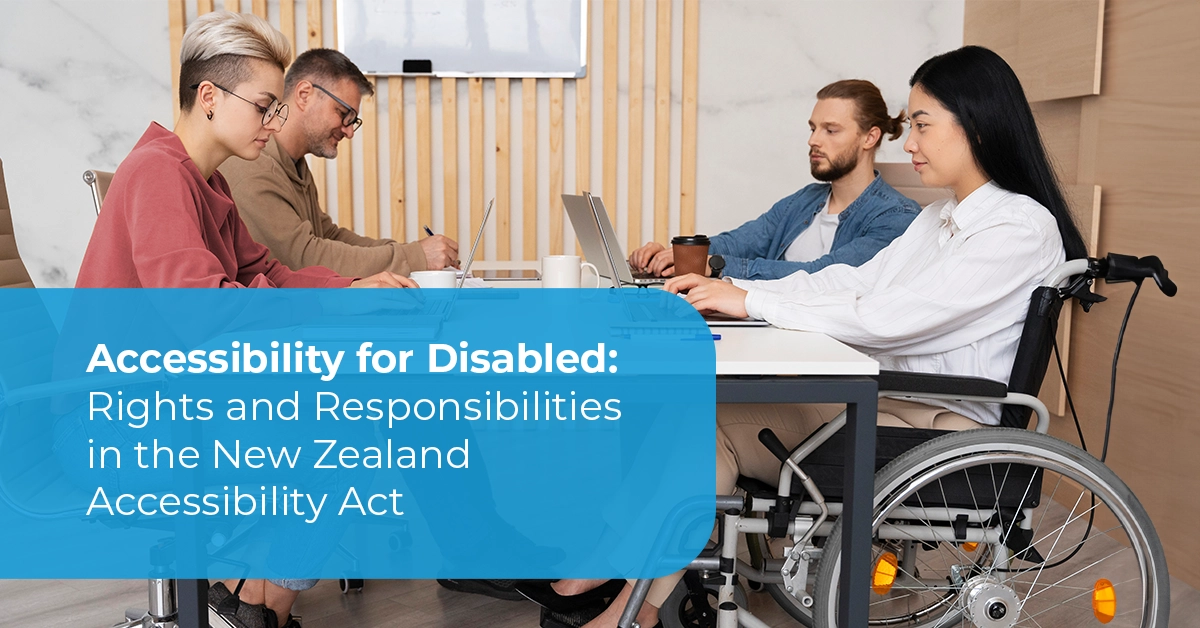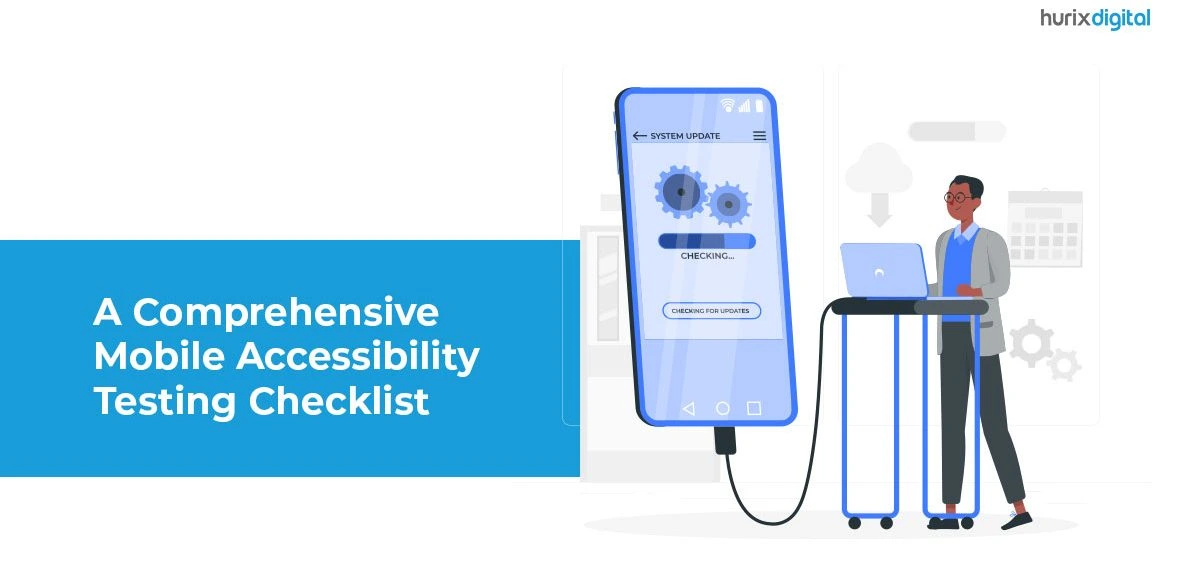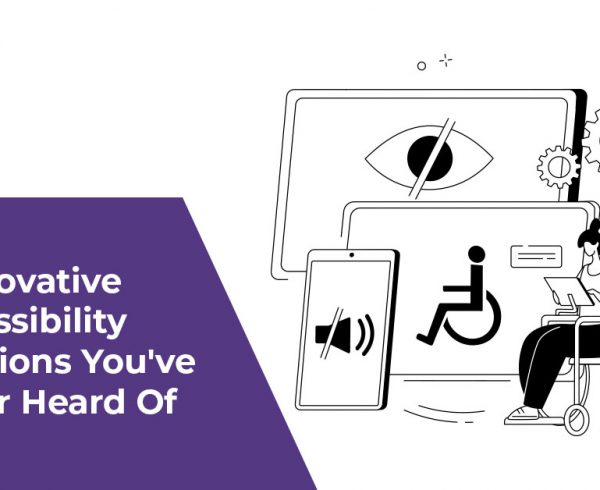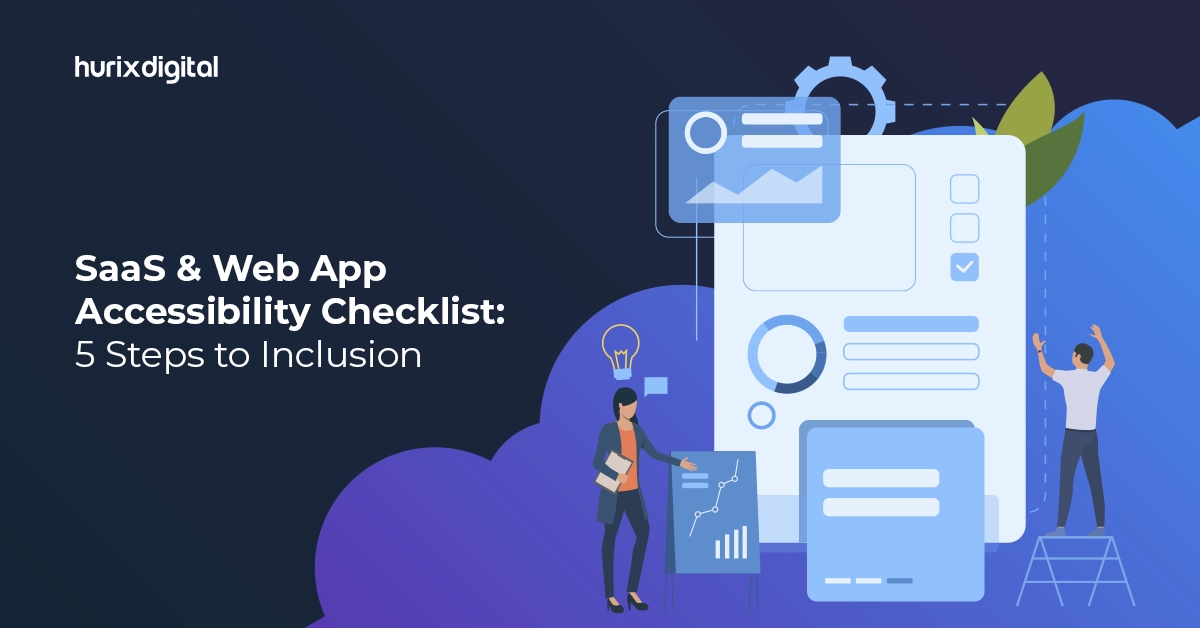Tāngata whaikaha is the term used for the specially-abled people in New Zealand. When Maaka Tibble, the founding member of the Māori Disability Leadership Group, coined the term, he wanted to use the term to enable people with disabilities and include all of them.
The proposed New Zealand Accessibility Act takes this thought forward to accelerate New Zealand’s (also called Aotearoa in Maori language) progress by empowering people with disabilities, or tāngata whaikaha Māori, through equal opportunities.
It also builds on international frameworks like web accessibility WCAG to create fair and equal regulation to improve accessibility for people with disabilities. When the Act (which is still a bill) is passed, it will become the first-ever focused legislation in the country for accessibility.
Table of Contents:
- What Is the New Zealand Accessibility Act?
- Who Does the Act Apply To?
- Rights and Responsibilities in the New Zealand Accessibility Act
- Accessibility for Disabled: Criticism
- Accessibility for Disabled: Taking Action
What Is the New Zealand Accessibility Act?
The Accessibility for New Zealanders Bill or the New Zealand Accessibility Act, as commonly called, addresses the accessibility barriers faced by people with disabilities in New Zealand so they can live independently and have equal participation.
When the Act was drafted, submissions from the general public were invited to make it completely inclusive.
It aims to do three things:
- Identify the accessibility barriers faced by the tāngata whaikaha
- Prevent and remove such accessibility barriers
- Grow accessibility practices in the country
It plans to achieve this three-point purpose for accessibility for people with disabilities through a three-pronged approach, which includes:
- Setting up an accessibility committee to represent people with disabilities and make recommendations to the Ministry of Disabled People,
- Enhancing coordination between the public sector and the government by creating clear responsibilities for the Ministry of Disable People,
- Building knowledge and awareness about accessibility barriers.
Until now, disability and accessibility in New Zealand were addressed through human rights laws like the New Zealand Bill of Rights Act 1990. The country also worked on the principles set forth by the United Nations Convention on the Rights of Persons with Disabilities after signing it in 2008.
Also Read: Accessibility Laws around the world: A Comprehensive Overview
Who Does the Act Apply To?
Once passed, according to Clause 4 of the Act, it will apply to “tāngata whaikaha Māori, and their families or whānau, and others with accessibility needs in New Zealand law.
Rights and Responsibilities in the New Zealand Accessibility Act
The proposed Act derives its rights and responsibilities from the United Nations Convention on the Rights of Persons with Disabilities (UNCRPD) and other international instruments that affect people with disabilities, such as WCAG guidelines and the suggestions of the general public.
Here are the rights and responsibilities highlighted in the Act for accessibility for people with disabilities under three broad areas:
1. Accessibility and Inclusion
- The Act applies to everyone, providing accessibility in all areas of life. This would mean it aims at preventing and removing physical, digital, legal, communication, and informational accessibility barriers.
- It sets the stage for developing a public accessibility policy by improving access to products and services for people with disabilities. It aims to do this in sync with WCAG levels of compliance and ADA compliance.
- It may require organizations to make educational institutions and workplaces more accessible by removing current accessibility obstacles and elaborating on how they plan to do so.
2. Accountability and Roles
- This will be the first dedicated, completely enforceable legislation in New Zealand once passed.
- It will increase accountability for accessibility by clearly defining the responsibilities of the Minister for Disability Issues and the chief executive of Whaikaha–Ministry of Disabled People.
- It will also establish an Accessibility Committee to advise the Minister on Disability Issues with representation from people with disabilities. The selection process for the Committee and suggestions on participation were made open to people with disabilities through:
- Allowing for oral submissions along with submissions in Braille, Easy Read, audio, New Zealand Sign Language video, and large print
- Providing New Zealand Sign Language interpretation
- Hearing submissions at different times of the day and giving extra time for oral submissions
- Publishing a report of suggestions received in five different formats, etc
- The Act will hold specified entities accountable for reducing and removing accessibility barriers by including the progress made by them in doing so in reports, along with naming them.
- It will have the provision to remove members within the Advisory Committee on grounds like “just cause” and “reasonable accommodations” according to Article 2 of the UNCRPD.
3. Awareness and Implementation
- The government will educate, make aware, and train organizations that fall within the purview of the Act.
- The Act aims to increase communication between the public and the Advisory Committee by consistently inviting suggestions.
- The Committee will provide and publish a report annually on the state of accessibility in New Zealand to “promote public awareness of current systems-level accessibility barriers.” This report will be published on the official website, elaborate on the nature and scale of the barriers, and mention the areas of life they affect.
- The Act makes provision for the Minister for Disability Issues to arrange for independent reviews of the operation and effectiveness of the provisions of the Act at five-year intervals under Clauses 22 and 25.
The Accessibility for New Zealanders Bill also binds the Crown (as New Zealand is a constitutional monarchy whose Head of State is King Charles III). You can read the complete bare Act here.
Also Read: Accessibility Testing: All You Need to Know About Accessibility Testing
Accessibility for Disabled: Criticism
While the New Zealand Accessibility Act is a good starting point, criticism of its provisions has been made. The New Zealand National Party thinks the Act “falls well short of the transformational legislation promised by the Minister when introducing the bill.”
It states a lack of enforceable standards and has asked for a regulatory model tailored to New Zealand based on Australian or Canadian standards.
The Green Party of New Zealand agrees because it thinks the Act may not cover private entities or local governments. It has called for the New Zealand government to opt for a “co-design” and “co-production” process in sync with the United Nation’s advice.
Accessibility for Disabled: Taking Action
This shows how organizations in New Zealand may need to take measures of their own, even ahead of the passing of the accessibility act. Whether to meet web content accessibility guidelines or outside the virtual world, a fully accessible New Zealand could happen through gradual efforts by organizations on their own as well.
If you want to make your organization accessibility-compliant, based on international standards like WCAG accessibility, among others, Hurix Digital can pave the path. We can help empower your workforce by sensitizing through awareness and scenario-based learning with our custom eLearning solutions.
Contact us to explore how your organization can adhere to web content accessibility guidelines and your country’s regulations.











